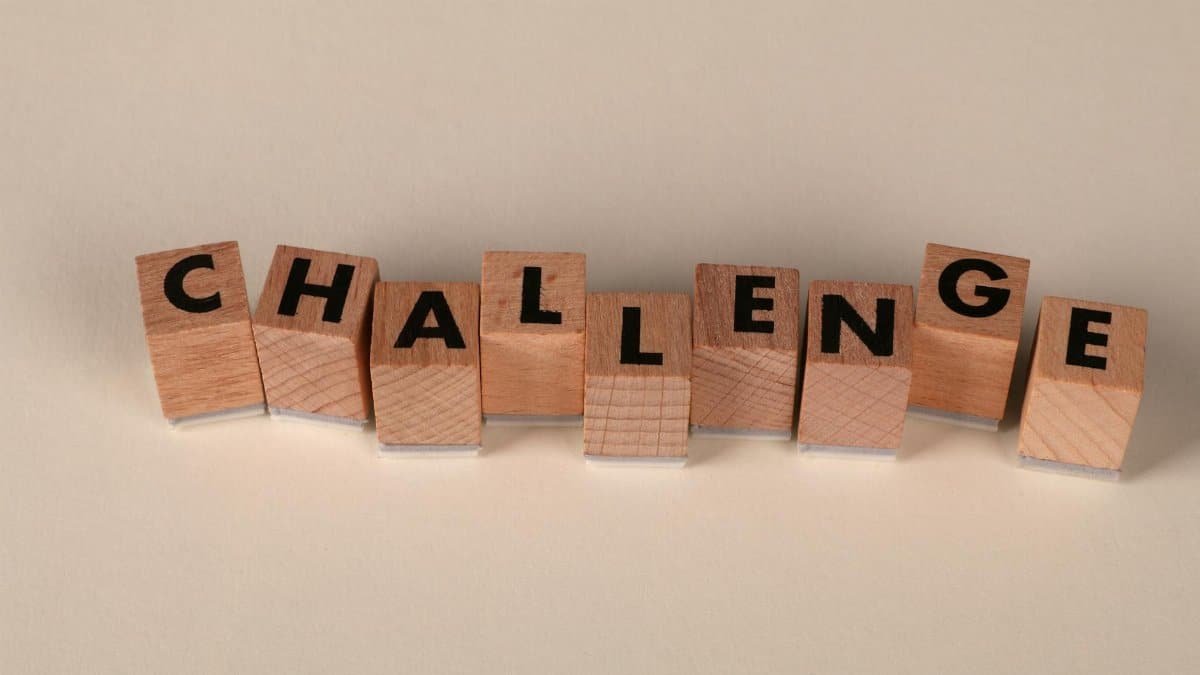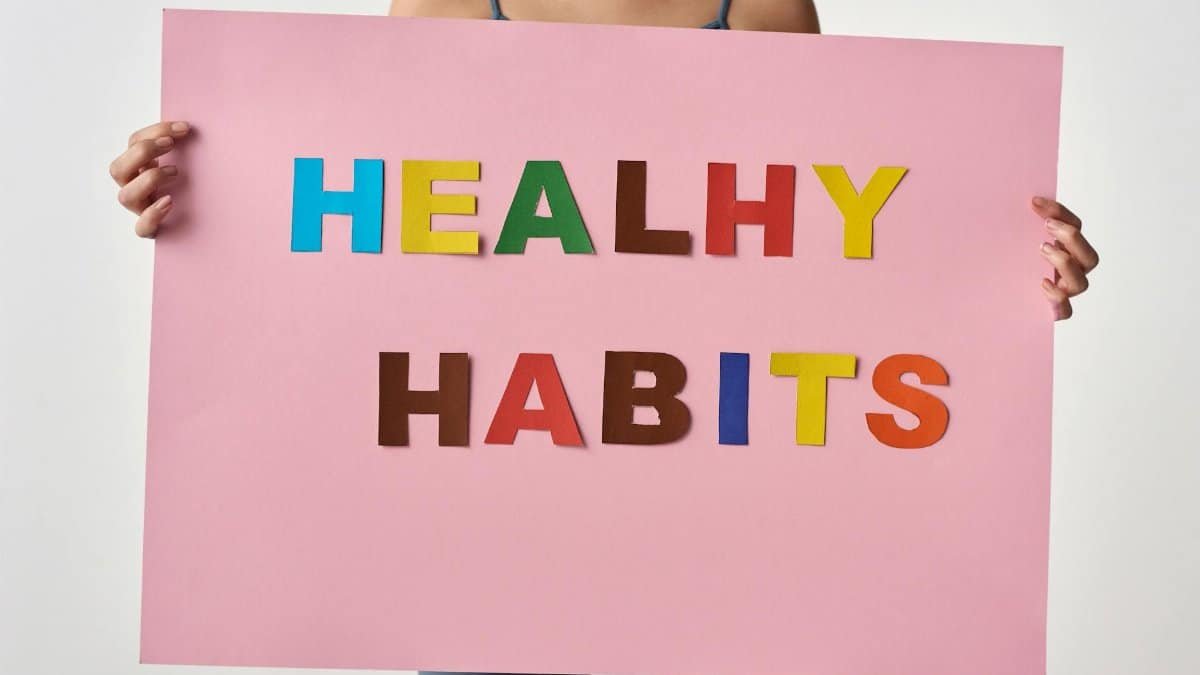Did you know that practicing presence growth can reduce stress levels by up to 40% in just weeks, according to recent wellness studies? In a fast-paced world, this simple habit is gaining traction among Americans seeking instant calm for their nervous systems. Presence growth, essentially cultivating mindful awareness in the moment, isn’t just buzz—it’s backed by science showing it lowers cortisol and boosts emotional resilience. As more people turn to it amid rising anxiety rates in 2025, experts say it’s the one tool everyone needs.
What Is Presence Growth?

Presence growth refers to the intentional practice of expanding one’s awareness in the present moment, fostering personal development through mindfulness. Unlike fleeting meditation sessions, it involves integrating this awareness into daily life. Researchers at Harvard University have linked such habits to improved mental health outcomes. For instance, a study from their mindfulness program highlights how consistent presence can rewire neural pathways for better stress management. This approach encourages individuals to observe thoughts without judgment, leading to profound inner peace.
The Science Behind Calming Effects

Neurologically, presence growth activates the parasympathetic nervous system, which counters the fight-or-flight response. A 2023 report from the National Institutes of Health details how mindfulness practices reduce amygdala activity, the brain’s fear center. Participants in controlled trials experienced immediate drops in heart rate variability, signaling relaxation. In 2025, with stress epidemics on the rise, this habit offers a natural antidote without relying on medication.
How to Start Practicing Today

Begin with five minutes of focused breathing, anchoring yourself in the now. Notice sensations, sounds, and thoughts without attachment. Apps like Headspace guide beginners through presence growth exercises. Consistency matters; even short daily sessions build the habit. Experts recommend starting small to avoid overwhelm, gradually increasing as comfort grows.
Real-Life Benefits for Busy Professionals

For office workers juggling deadlines, presence growth provides quick resets. A survey by the American Psychological Association found that 62% of employed adults report work-related stress, but those incorporating mindfulness saw productivity gains. One executive shared, “It turned my chaotic days into manageable ones.” In urban hubs like New York, wellness coaches are prescribing it as essential for career longevity.
Overcoming Common Obstacles

Distractions pose the biggest hurdle to presence growth. Minds wander, but that’s part of the process. Gently redirect focus without self-criticism. If consistency falters, set reminders or pair it with routines like morning coffee. Studies from the University of California, Berkeley’s Greater Good Science Center emphasize patience, noting that benefits compound over time despite initial setbacks.
Impact on Relationships and Emotional Health

Presence growth enhances empathy by improving active listening. Couples report deeper connections when both practice it, reducing conflicts. A 2024 study in the Journal of Positive Psychology linked mindful presence to lower depression rates. In 2025, therapists increasingly integrate it into sessions, helping clients navigate emotional turbulence with greater ease.
Integrating with Other Wellness Habits

Combine presence growth with exercise or journaling for amplified effects. Yoga practitioners often layer it on poses, enhancing mind-body synergy. Nutritionists note that mindful eating, a form of presence, aids digestion and curbs overeating. This holistic approach aligns with trends in integrative medicine, promoting overall well-being.
Long-Term Transformation Stories

Many who adopt presence growth describe life-changing shifts. A wellness blogger recounted shedding chronic anxiety after months of practice. Data from Pew Research Center’s surveys on American spirituality show a surge in such transformative experiences, with 35% of adults exploring mindfulness in recent years. These narratives underscore its potential for sustained calm.
Expert Tips for Mastery

Seasoned practitioners advise varying techniques, like walking meditations, to keep it fresh. Track progress in a journal to observe patterns. Renowned mindfulness expert Jon Kabat-Zinn, in his teachings, stresses non-striving: let presence unfold naturally. For deeper dives, resources from National Institutes of Health offer evidence-based guides. Another solid source is UC Berkeley’s Greater Good Science Center, with articles on practical applications.
Why It’s Essential in 2025

With digital overload intensifying, presence growth stands as a counterbalance. Forecasts indicate rising adoption amid mental health awareness campaigns. As remote work blurs boundaries, this habit restores balance, ensuring individuals thrive rather than survive. Embracing it now could redefine personal wellness for years to come.
